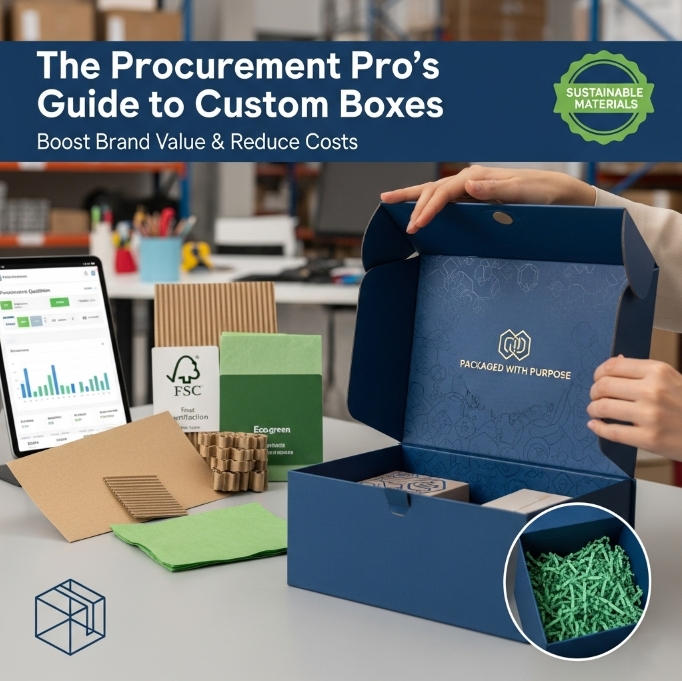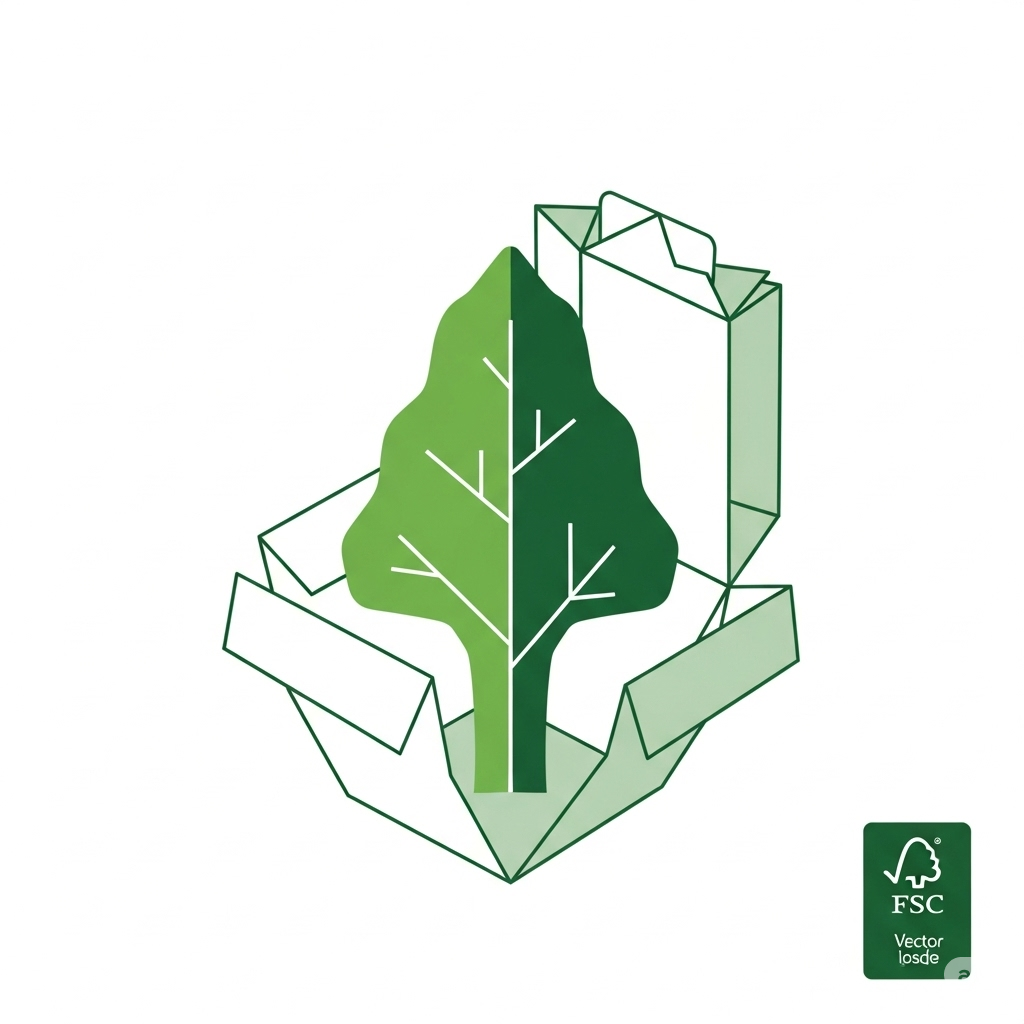Sustainability isn’t just a buzzword; it’s a movement shaping the future of packaging, especially in the paper gift bag industry. As consumers become more environmentally conscious, businesses must adapt to meet these demands. The shift toward sustainable packaging isn’t just about being eco-friendly; it’s also about staying relevant and competitive in an evolving market. This article explores sustainable packaging solutions for recycled paper gift bags, focusing on material choices, innovative designs, production processes, and consumer appeal.
Sustainable Material Choices
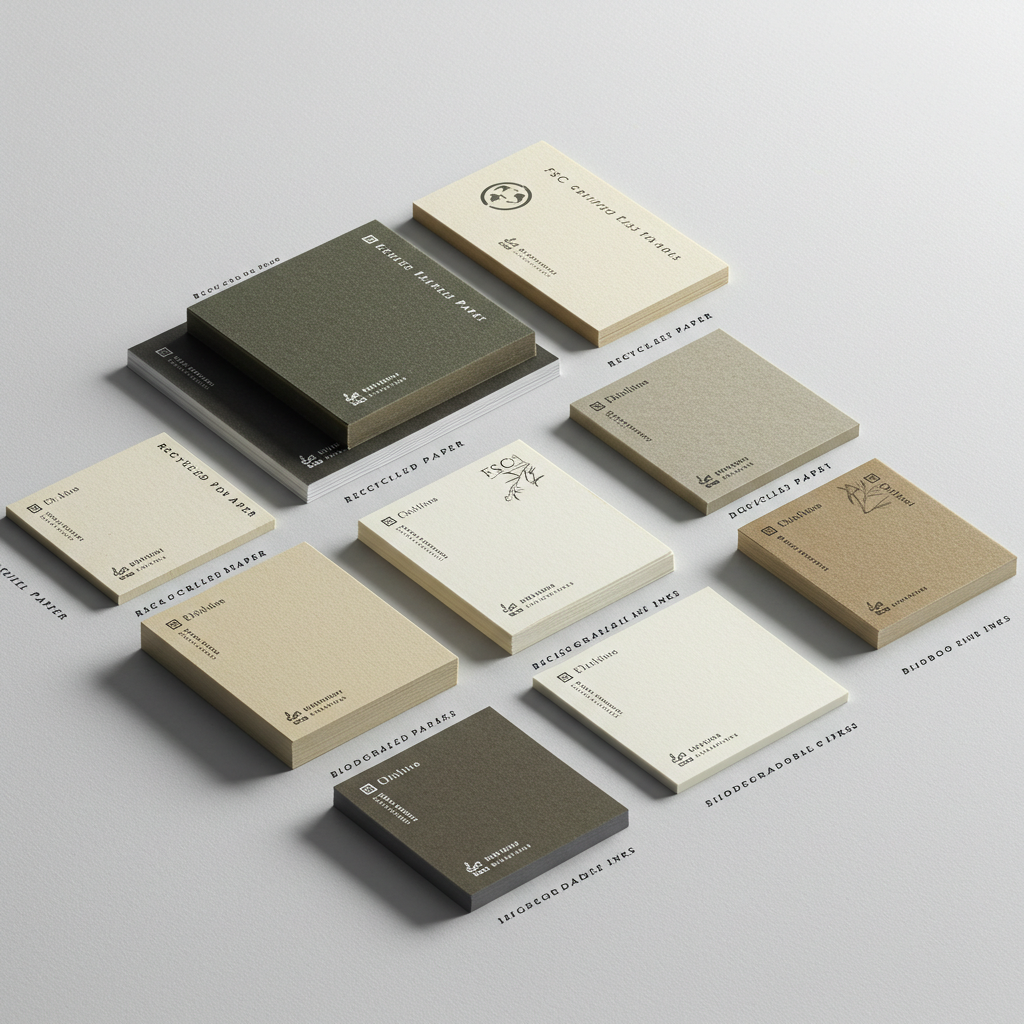
The foundation of sustainable packaging lies in the materials used.
- Recycled Paper Gift Bags: Utilizing recycled paper is a cornerstone of sustainable packaging. It reduces the need for virgin pulp, conserves trees, and minimizes environmental impact. By opting for recycled paper, businesses contribute to a circular economy, where materials are continuously repurposed rather than discarded.
- Biodegradable Packaging Coatings and Eco-Friendly Inks: Traditional coatings and inks can harm the environment, but biodegradable alternatives offer a solution. These materials break down naturally, leaving no toxic residue behind. This ensures that even if the paper gift bag ends up in a landfill, it will decompose without causing long-term harm.
- FSC-Certified Paper Packaging: Sourcing paper from Forest Stewardship Council (FSC) certified forests ensures responsible forest management. This certification guarantees that the paper used in gift bags comes from sustainably managed forests, protecting biodiversity and supporting ethical forestry practices.
- Post-Consumer Waste (PCW) Paper: Using paper made from post-consumer waste further reduces the need for new resources. PCW paper is made from paper products that have been used and recycled by consumers, closing the loop in the recycling process and reducing the strain on natural resources.
- Plant-Based Packaging Materials: Exploring non-wood fibers, such as bamboo or hemp, offers additional sustainable options. These plants grow rapidly and require fewer resources than traditional trees, making them an environmentally friendly choice for producing paper gift bags.
Innovative Design for Sustainability
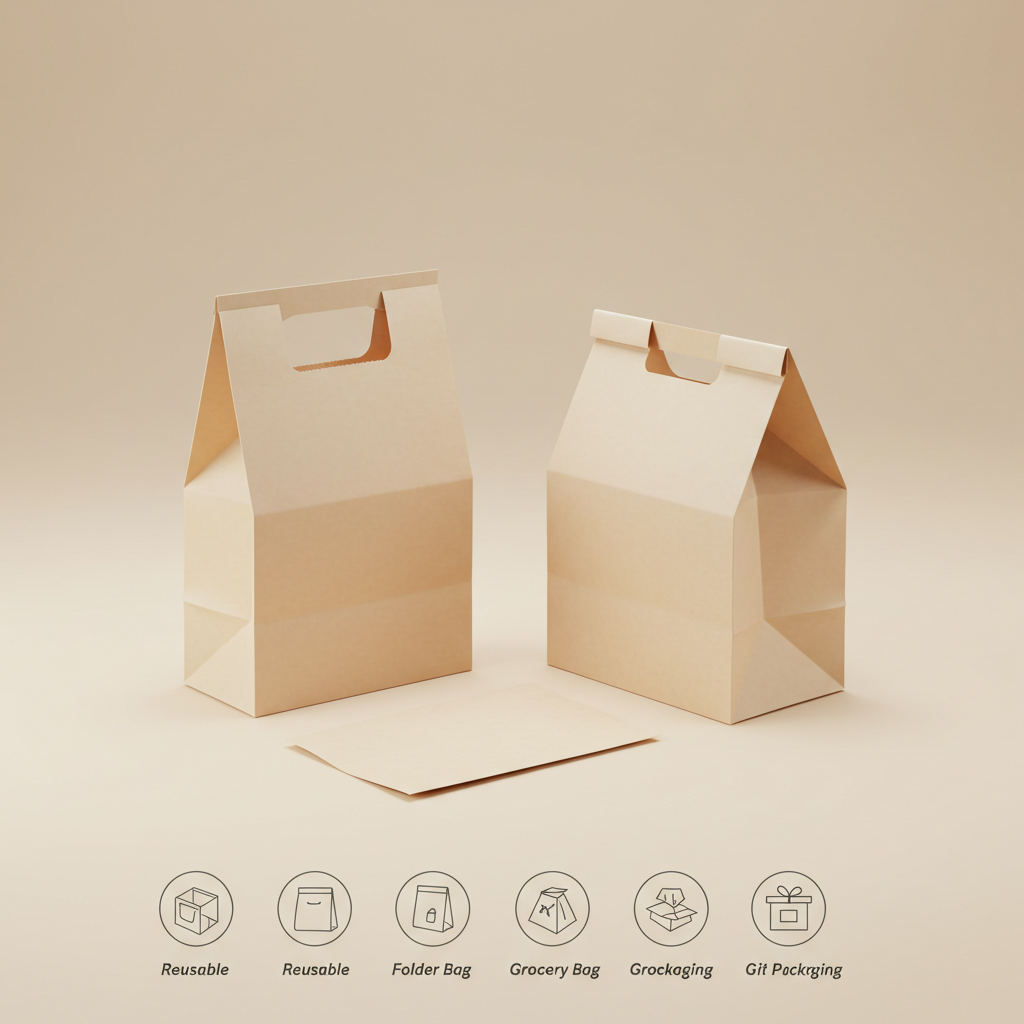
Designing for sustainability goes beyond creating visually appealing packaging; it involves making conscious choices that reduce waste, optimize resources, and add value to the end product. Here’s how innovative design can elevate the sustainability of paper gift bags:
- Minimalist Eco-Packaging Trends: Less is more when it comes to sustainable packaging. By adopting minimalist design principles, companies can significantly reduce the amount of ink, dyes, and embellishments used on their paper gift bags. This not only decreases the environmental impact during production but also makes the bags easier to recycle. Clean, simple designs that focus on natural colors and subtle branding can be just as impactful as overly decorated packaging.
- Zero-Waste Gift Bag Designs: Innovation in design can also mean making packaging that serves more than one purpose. For example, a paper gift bag that can be easily folded into a storage container or repurposed as a decorative item extends its life cycle. This kind of multi-functional design adds value to the product and appeals to consumers looking for ways to reduce waste in their everyday lives.
- Flat-Pack and Lightweight Designs: Designing gift bags that can be shipped flat and are lightweight reduces transportation emissions. Flat-pack designs require less space during shipping, meaning more products can be transported at once, reducing the carbon footprint per unit.
- Reusable Paper Gift Bags: Creating paper gift bags that are durable enough to be reused multiple times is another innovative approach to sustainability. By designing bags with reinforced handles and sturdy construction, they become more than just a one-time-use item. Consumers are more likely to keep and reuse a well-made bag, which reduces the demand for single-use packaging.
- Eco-Friendly Closures and Handles: Another area where design can enhance sustainability is in the choice of closures and handles. Opting for natural fiber ropes, biodegradable ribbons, or recyclable metal clasps ensures that every component of the paper gift bag is environmentally friendly.
Sustainable Production Processes
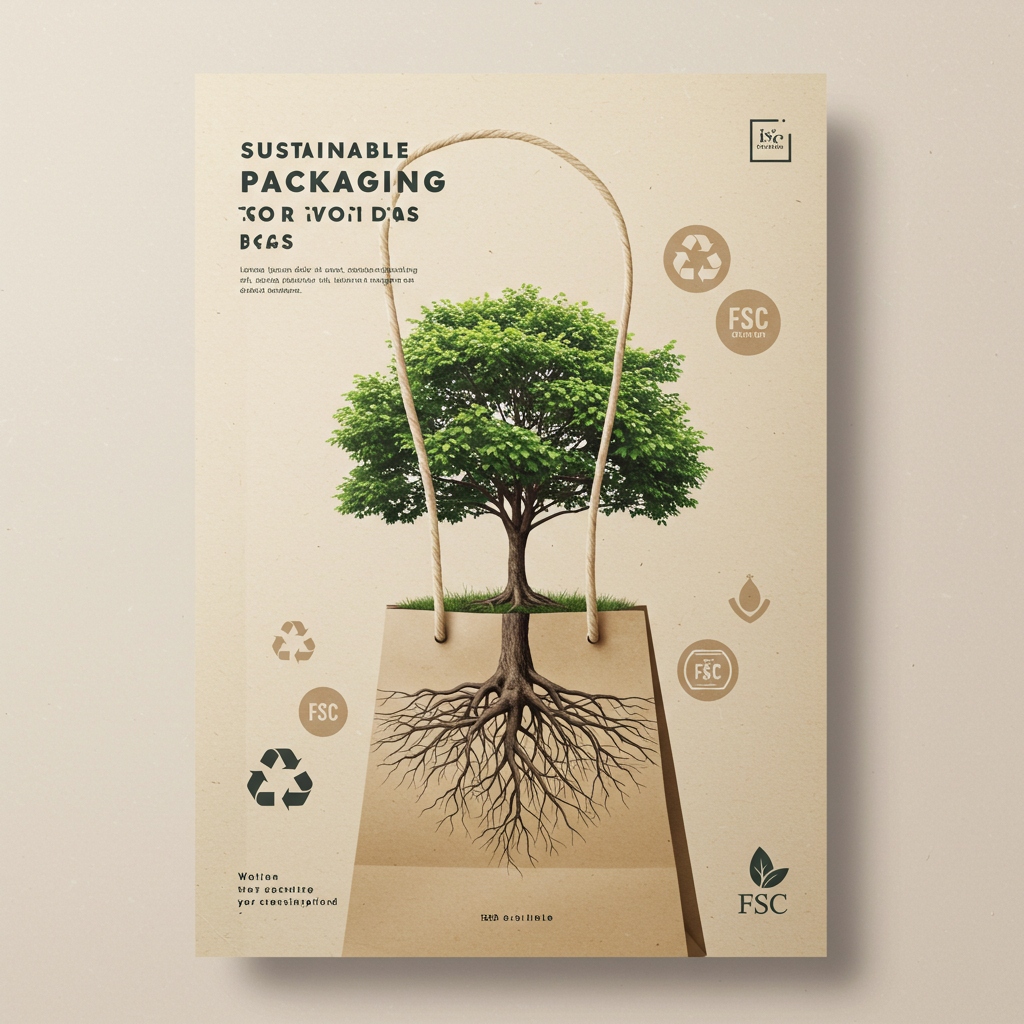
Sustainable packaging is not only about the materials and design; it’s also about how these paper gift bags are produced. The production process plays a critical role in minimizing environmental impact and ensuring that the final product aligns with sustainability goals. Here’s how sustainable production practices can be implemented:
- Energy-Efficient Machinery: Investing in energy-efficient machinery is a key step toward reducing the carbon footprint of production. Modern equipment uses less energy and operates more efficiently, leading to lower greenhouse gas emissions.
- Water Conservation Techniques: Adopting water-saving techniques and recycling water within the production process can make a big difference. Closed-loop water systems, for example, can capture and reuse water, reducing overall consumption.
- Waste Reduction and Recycling: Implementing waste reduction strategies is crucial for a sustainable production process. This includes minimizing offcuts, reusing scraps, and recycling leftover materials.
- Eco-Friendly Inks and Adhesives: Switching to eco-friendly alternatives, such as soy-based inks and water-based adhesives, can greatly reduce the environmental footprint of paper gift bags.
- Carbon-Neutral Production Processes: For companies committed to sustainability, carbon offset programs offer a way to neutralize the emissions generated during production. This can include investing in renewable energy projects or reforestation efforts.
Consumer Appeal
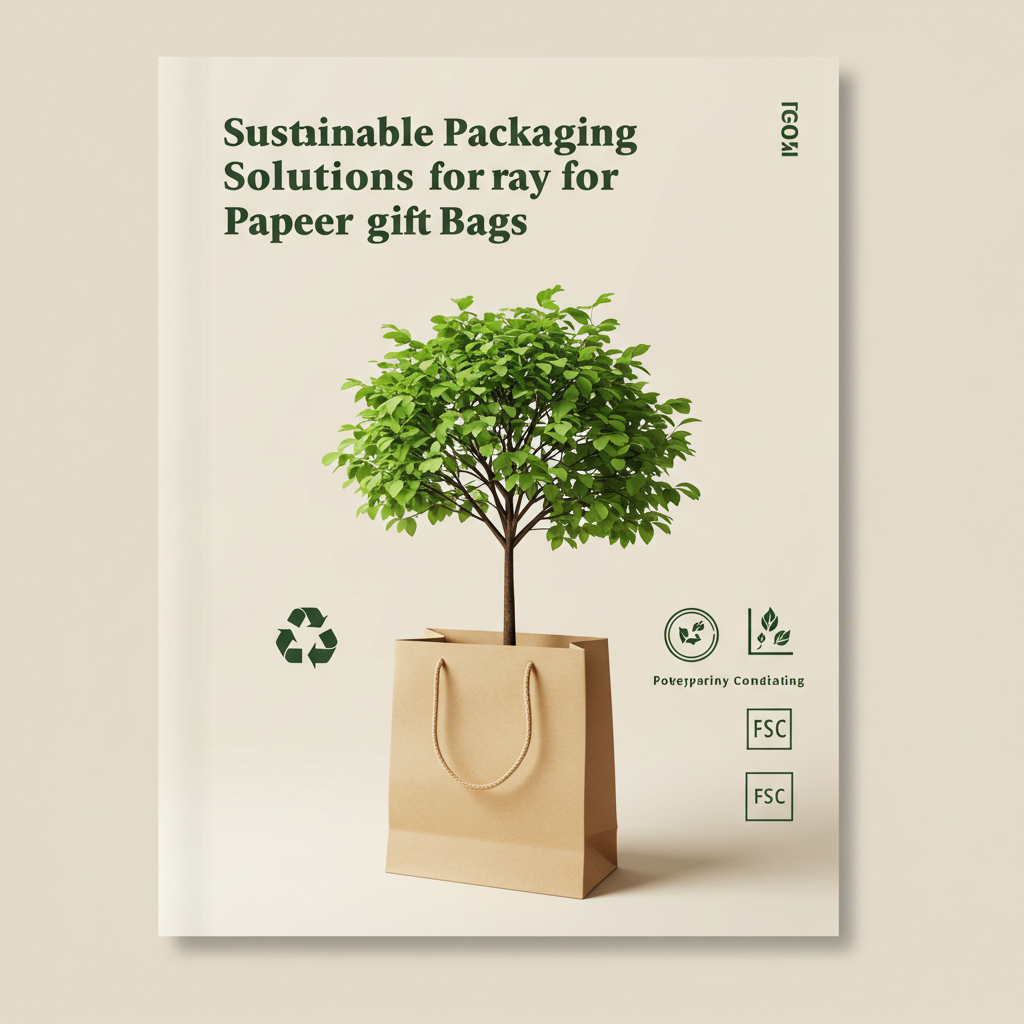
Sustainability isn’t just good for the planet; it’s also good for business. Today’s consumers are more informed and conscious than ever before. They want to know that the products they purchase are made with care for the environment. Offering reusable paper gift bags and FSC-certified paper packaging can be a powerful selling point, attracting eco-conscious customers and building brand loyalty.
Moreover, sustainable packaging can enhance the perceived value of a product. A beautifully designed, eco-friendly paper gift bag not only serves its practical purpose but also tells a story about the brand’s commitment to the environment. This can create a positive brand image, driving customer engagement and repeat purchases. By aligning with consumer values, businesses can tap into the growing demand for sustainable products and set themselves apart in a competitive market.
Conclusion
Sustainable packaging solutions for paper gift bags are more than just a trend; they are a necessity in today’s environmentally conscious world. By carefully selecting materials like recycled paper gift bags and plant-based packaging materials, innovating in design with zero-waste gift bag designs, optimizing production processes through carbon-neutral production processes, and appealing to eco-conscious consumers, businesses can not only reduce their environmental impact but also enhance their brand image and customer loyalty.
The future of packaging is sustainable, and those who embrace it today—like hrenary packaging—will be the leaders of tomorrow. By integrating sustainable gift bag certifications and staying ahead of minimalist eco-packaging trends, companies can ensure they remain competitive while contributing to a healthier planet.

